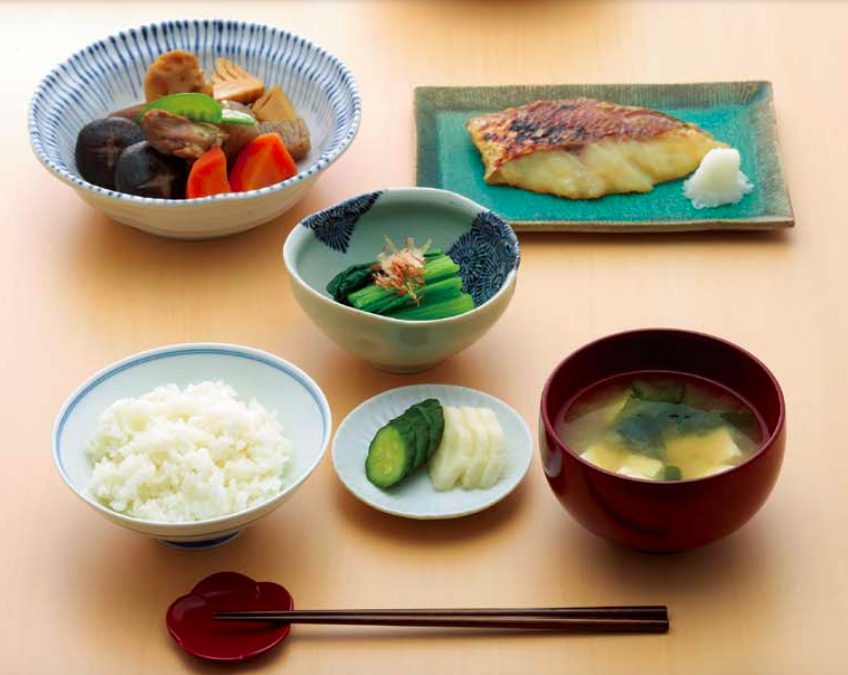Ichiju Sansai – The foundation of traditional Japanese cooking

A common trope recounted by visitors of Japan is the abundant side dishes that come with each meal. Known as washoku, traditional Japanese cuisine is based on several caveats, from their staple stock, dashi, to pickled sides. One particularly prevalent form of washoku is Ichiju Sansai – one soup (Ichiju) and at least three dishes (Sansai).
The formula of Ichiju Sansai usually consists of one soup, and three dishes that are ideally cooked by various means, from simmering, grilling or searing. This is generally complemented by a bowl of rice and pickles, which remain a staple of Japanese cuisine and accompany almost any meal to refresh the palate.

It remains unclear exactly when Ichiju Sansai was born, but variations of it has been confirmed to exist in the Hei-an era of the 12th century. Previously used to entertain aristocrats with lavish feasts, this transcended to cha-kaiseki for tea ceremonies which offered sumptuous multi-course meals to be enjoyed with sake. During this time, the Edo era, two soups and five dishes appeared frequently as the basic meal structure to welcome guests – and each diner would often spread their comprehensive dishes out over two tables.
In modern times, Ichiju Sansai can constitute a basic family meal, such as rice and pickles with miso soup and three dishes: broiled yellowtail, simmered meat and potatoes, and a seaweed salad. This well-balanced assortment of dishes paired with rice is a nod to historical eating habits that permeate daily Japanese dining, and a pleasure to experience for anyone visiting Japan.
